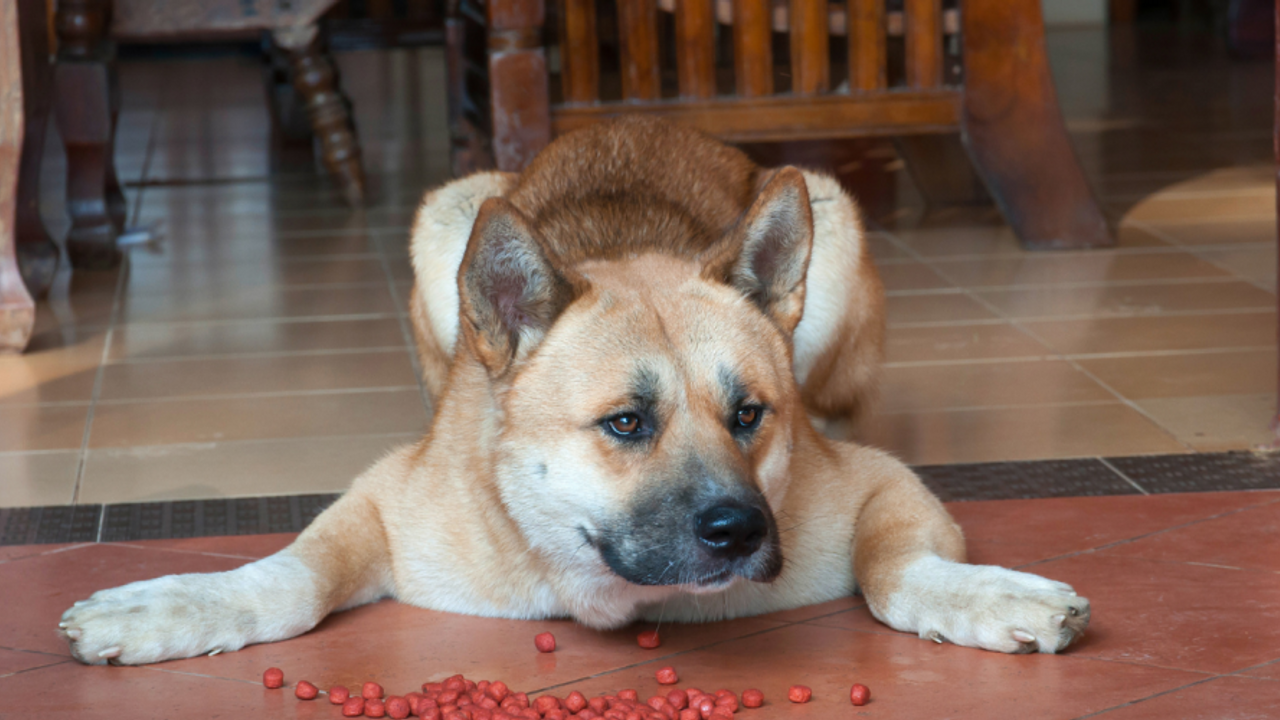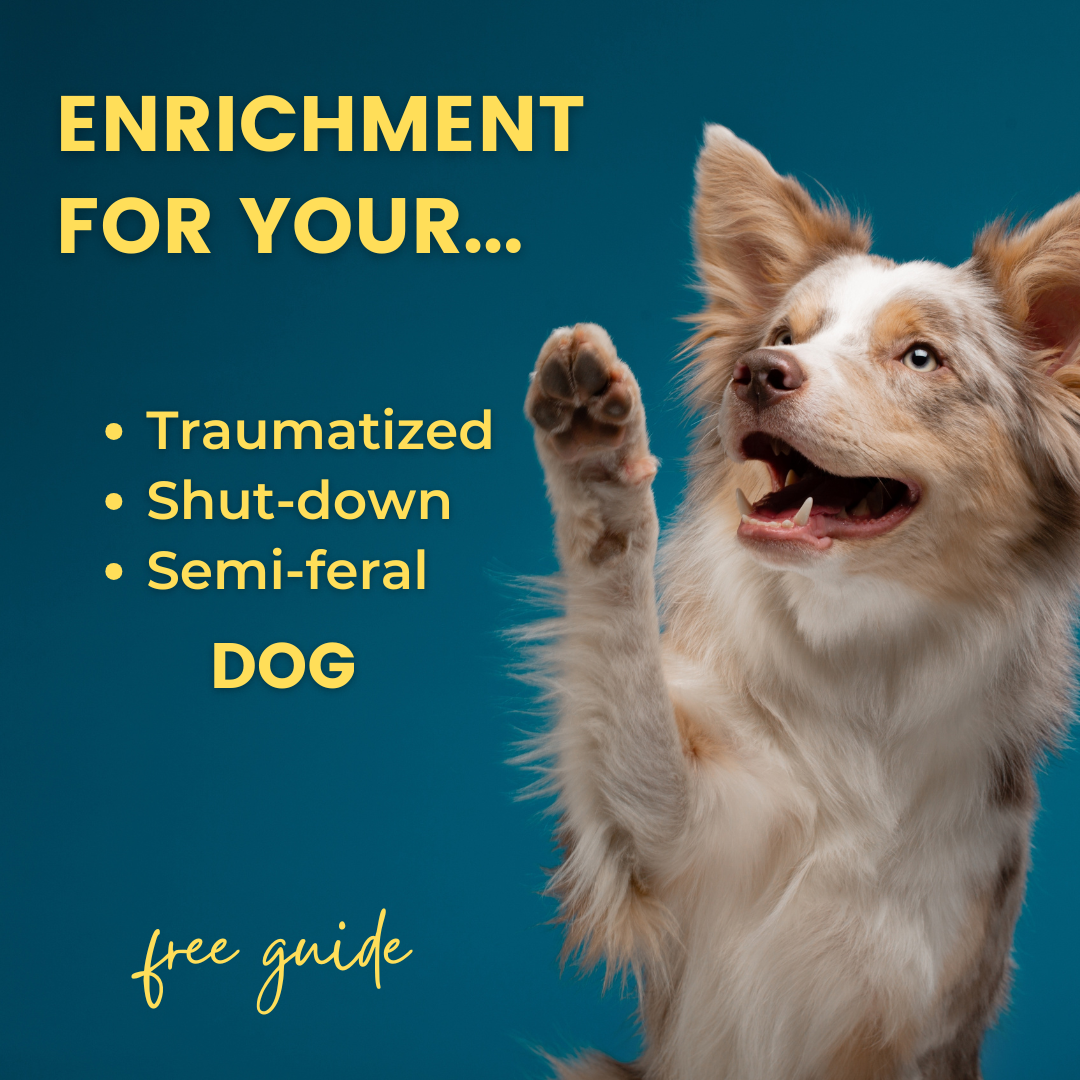
You want to use positive reinforcement to train your fearful or reactive dog to behave better around unfamiliar people. But, your dog isn’t food motivated! They won’t eat when people are around. What to do?
If your dog is healthy and enjoys treats at home, then they ARE motivated to eat, at least sometimes. So why won’t your dog eat around strangers, and what can you do about it? Here’s the short version of what I discuss in the video below:
Eating Is Behavior
We often think about food as a reinforcer, but forget that eating is a behavior. What reinforces eating? Food of course! Your dog’s eating behavior is reinforced when the food tastes good, and/or if it decreases feelings of hunger.
When your dog is relaxed at home, will they eat a piece of chicken? A cube of cheese? If so, your dog probably finds the taste of these foods reinforcing. That’s good news! That means your dog is motivated to eat these foods, so you can use them in training.
But if your dog is food motivated sometimes, why won’t they eat around strangers? The answer is probably “competing motivations.” When strangers are around, your dog has other motivations, for other reinforcers, that become more important.
Motivation Matters
If your dog is fearful, avoiding or escaping scary situations likely often motivates their behavior. When something scary is nearby, your dog’s motivation to get away (or make the scary thing go away) increases. Food is necessary for survival, but your dog isn’t “food motivated” when their brain is telling them that an approaching threat might kill them. The immediate priority, or motivation, is safety. Motivation for safety can far outweigh your dog’s motivation for food, to the point where they might refuse to eat entirely.
How can you fix this problem?
Decrease Competing Motivations
To increase your fearful dog’s motivation to eat, you’ll need to decrease competing motivations- like the motivation to avoid or escape a stranger. How to do this?
You might be able to decrease your dog’s need to “get myself safe” with anti-anxiety medications. We talked about medication last week. In this week’s video I cover proximity. Strangers that are farther away are almost always less scary that strangers that are close by.
You can keep a stranger farther away from your dog, and increase your dog’s motivation for food, using these strategies:
1) Gates and leashes: If you’re having visitors to your home, keep your dog behind a baby gate, and/or on a leash, to maintain distance between your dog and the visitors. Find the distance at which your dog can eat with the visitor in the house (if there is one!) Then back up even farther before you try to train.
2) Provide easy escape routes: Many dogs are less motivated to make a scary thing go away, if they have a way to easily move away themselves. If you’re working in your home with strangers, make sure that your dog can retreat to another room, or to the backyard, away from visitors. Sometimes just having that escape route available is enough for a dog to become interested in food again.
3) Train outdoors: If your dog isn’t motivated by food while a visitor is in your house, or if you don’t need your dog to behave differently with visitors, try training outdoors. In the video you’ll see several examples of fearful dogs training on the street or in parks. Training outdoors gives you much more space to work with.
If you try some of these strategies to increase your dog’s interest in food around strangers, or if you have questions, we’d love to hear from you! Join our Facebook group and post your questions or comments there, or comment below. Reach out to us by email at [email protected]. If you're looking for more support with your fearful dog, check out our monthly training membership.
Categories


Have a dog who is too anxious to have fun? Grab this free guide & video lesson all about how to teach your extremely fearful dog their 1st enrichment game.


Community
We offer a free private Facebook support group for owners of fearful dogs to connect and share their stories. Join us there.


